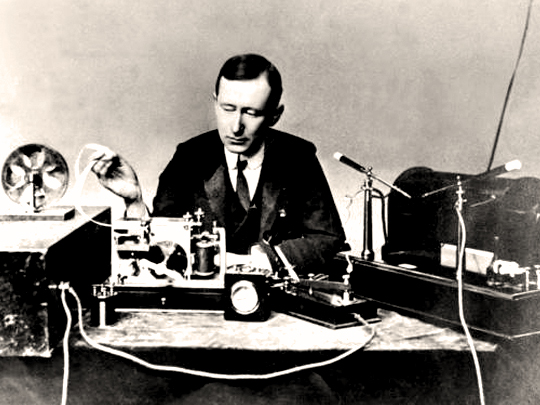T. Dart Walker / Wikimedia Commons / CC-BY-SA-3.0 / GFDL
1 – US President William McKinley Assassinated
On September 6th, 1901, anarchist Leon Czolgosz walked up to U.S. President William McKinley at the Pan-American Exposition in New York and shot him at point-blank range.
Czolgosz’s right hand, holding the .32 caliber Iver-Johnson revolver, was covered by wrapping a handkerchief around the gun and his hand.
Czolgosz was immediately throttled by bystanders and guards, before being arrested and taken to police headquarters. He was brought to trial on September 23rd. Czolgosz was quickly found guilty and sentenced to death. On October 29th, Czolgosz was electrocuted.
After the shooting, it first appeared that President McKinley would survive the incident. However, after the successful surgery and initial hope, doctors did not realize an infection had built up inside the president.
He took a turn for the worse and died on September 14 from gangrene around the wound. Vice President Theodore Roosevelt became the 26th President of the United States on September 14th, following McKinley’s death.
2 – Marconi sends the first trans-Atlantic radio transmission

On December 12th, Italian radio pioneer Guglielmo Marconi succeeded in sending the first radio transmission across the Atlantic Ocean. The achievement surprised detractors who insisted that the curvature of the earth would limit transmission to 200 miles or less.
The message, which consisted simply of the Morse-code signal for the letter “S”, traveled more than 2,000 miles from Poldhu in Cornwall, England, to Newfoundland, Canada.
Ironically, detractors of the project were correct in their assertion that radio waves would not follow the curvature of the earth, as Marconi believed.
However, Marconi’s transatlantic radio signal had headed into space and was reflected off the ionosphere, bouncing back down towards Canada.
Marconi continued to play a leading role in radio discoveries and innovations over the next three decades.
3 – The first Nobel Prizes were awarded

Alfred Nobel. Wikimedia Commons / CC-BY-SA-3.0 / GFDL
Alfred Nobel was both a pacifist and an inventor, holding 350 different patents, with his biggest achievement being the invention of dynamite.
However, the invention that he thought would end all wars was seen by others as a potentially lethal product and as a means of fighting wars.
Not wanting to go down in history with such a horrible epitaph, Nobel created a will that shocked his relatives and established the now famous Nobel Prizes.
After taxes and bequests to individuals, Nobel’s will allocated 94% of his total assets, 31,225,000 Swedish kronor, to establish the five Nobel Prizes.
On the fifth anniversary of Alfred Nobel’s death, December 10, 1901, the first set of Nobel Prizes were awarded to the following people.
Chemistry: Jacobus H. van’t Hoff
Physics: Wilhelm C. Röntgen
Physiology or Medicine: Emil A. von Behring
Literature: Rene F. A. Sully Prudhomme
Peace: Jean H. Dunant and Frédéric Passy
The synthetic element Nobelium was subsequently named after him.
4 – First major Picasso exhibition

On June 24th, the first major exhibition of Pablo Picasso’s artwork opened at a gallery on Paris’ rue Lafitte.
The then 19-year-old Spaniard was relatively unknown outside Barcelona at the time but had already produced hundreds of paintings. 75 of these works were displayed in Paris.
The diversity of Picasso’s subjects gained the young artist favorable reviews from the few Paris art critics who saw the show.
Picasso stayed in Paris for the rest of the year and later returned to Paris to settle permanently.
Picasso continued to produce art at a prolific rate until his death in 1973 at the age of 91. I
n total, Picasso’s work comprises more than 50,000 paintings, drawings, engravings, sculptures, and ceramics, produced over 80 years.
5 – Australia became an Independent Nation

After ten years of planning, the six colonies of Australia (Southern Australia, New South Wales, Tasmania, Victoria, Queensland, and Western Australia) joined together in a federation to create the Commonwealth of Australia on January 1st.
Australia became an independent nation on 1 January 1901, as the British Parliament passed legislation allowing the six Australian colonies to govern in their own right as part of the Commonwealth of Australia.
The new constitution established a bicameral Parliament, containing a Senate and a House of Representatives.
The office of Governor-General was established as the Queen’s representative; initially, this person was considered a representative of the British government.
The Constitution also established a High Court and divided the powers of government between the states and the new Commonwealth government.
